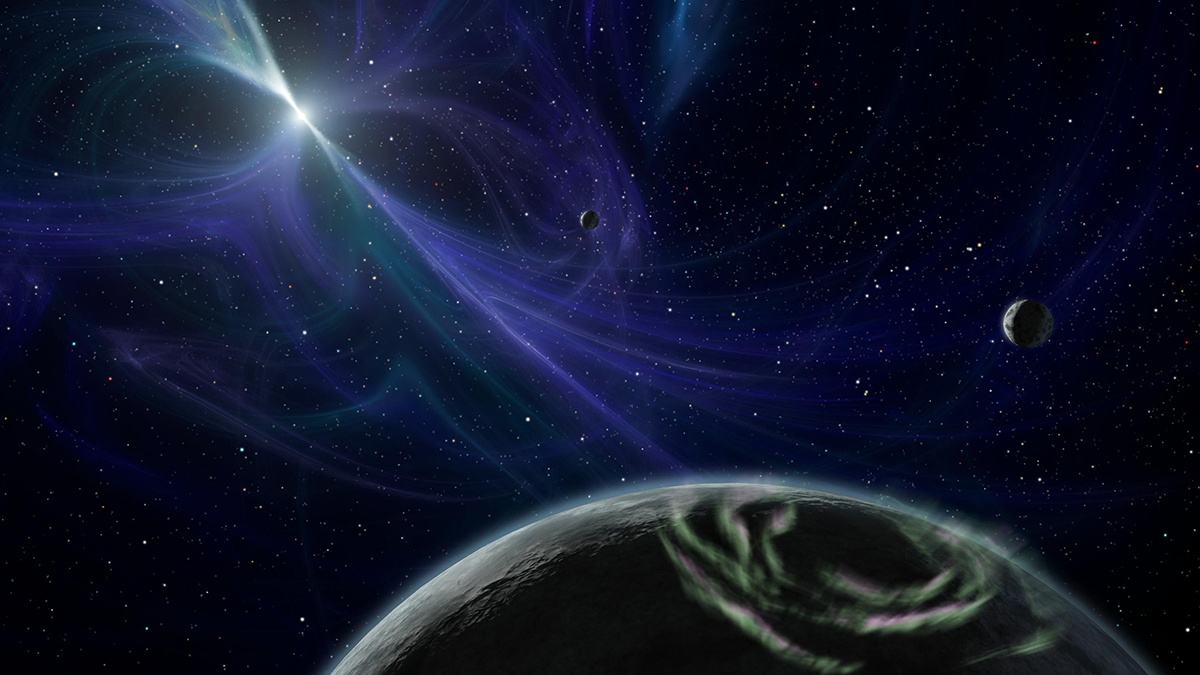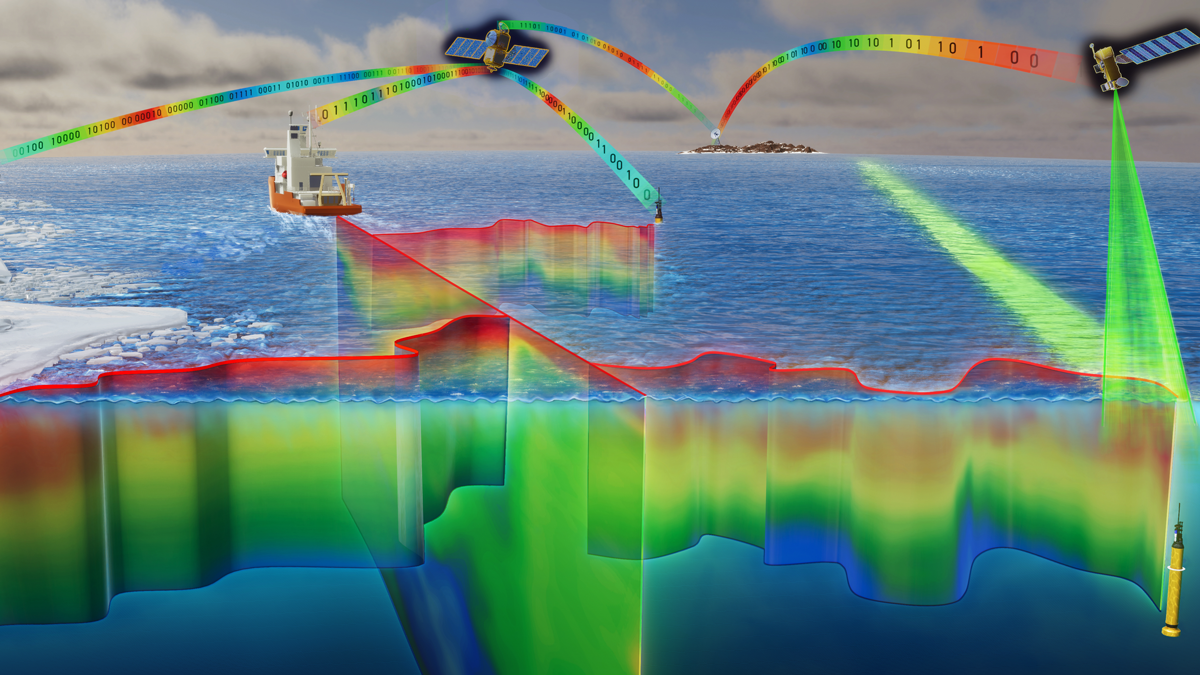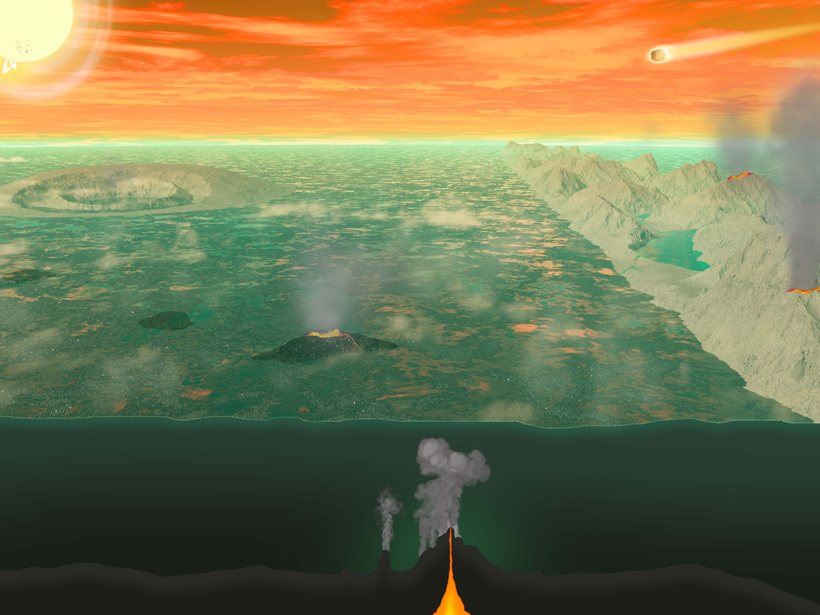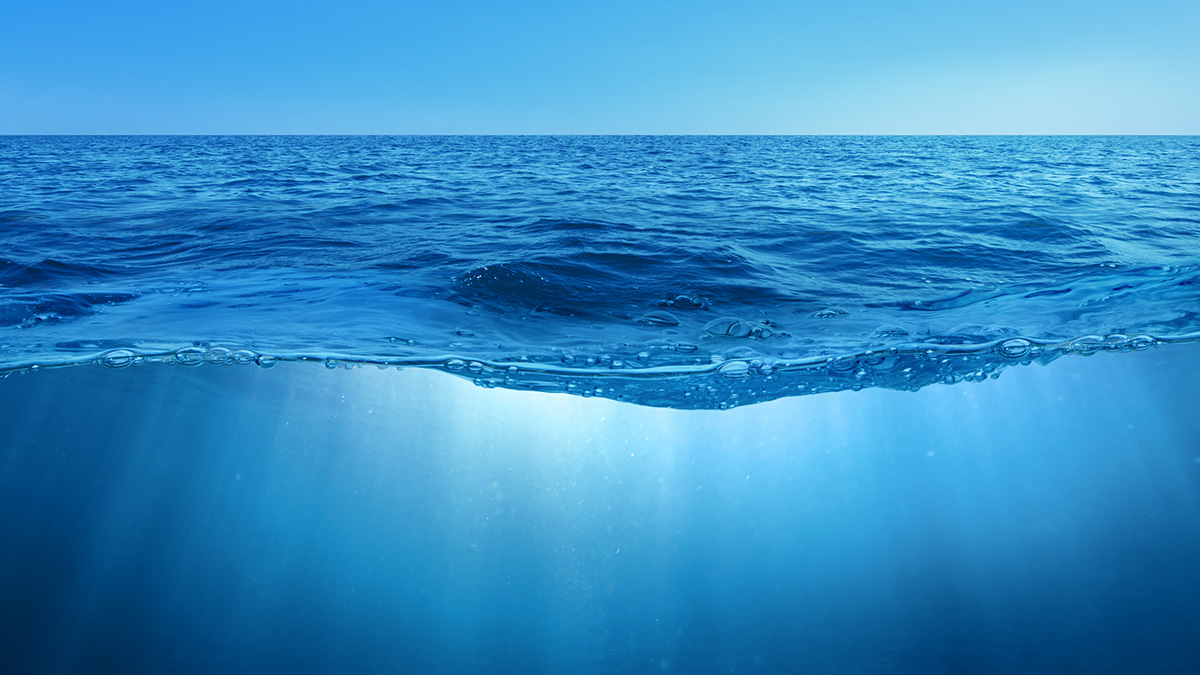Twelve papers formed the scientific basis for fast action to strengthen the treaty, which was already safeguarding stratospheric ozone, so it also protects the climate by reducing super pollutants.
meetings & workshops
The Alarming Rise of Predatory Conferences
For-profit conferences that masquerade as legitimate academic events but lack trusted selection and peer review processes are becoming more common. Here’s why that matters.
Pulsar Planets Are Exceedingly Rare
A new survey of hundreds of pulsars could help solve the mystery of why planets exist around these dead stars.
Community Scientists Recover Micrometeorites from Lake Michigan
A team of scientists, educators, and teenagers discovered the objects, some of which may have been delivered by a fireball that streaked across the sky in 2017.
Credit Where Credit Is Due
Promoting open, inclusive, transparent, and traceable science requires that scientists revamp the ways in which we acknowledge all manner of contributions to research.
A Global Ocean Biogeochemical Observatory Becomes a Reality
Building on the successful Argo network of seafaring temperature and salinity sensors, work is underway to deploy 1,000 floats equipped to study ocean biogeochemistry in greater detail than ever.
Rethinking the Search for the Origins of Life
Early Earth conditions and the chemistry that led to life were inextricably interwoven. Earth scientists and prebiotic chemists are working together in new ways to understand how life first emerged.
Planetary Dunes Tell of Otherworldly Winds
On Earth and throughout our solar system, ripples and dunes in sand and dust offer insights into how winds blow, liquid currents flow, and solid particles fly and bounce over the terrain.
New Report Puts the Amazon Rain Forest on the Main Stage at COP26
The Science Panel for the Amazon prepares to launch its first report, the most comprehensive document on the rain forest so far.
Navigating Miocene Ocean Temperatures for Insights into the Future
A new temperature data portal will aid scientists in tracking and accessing paleoclimate data from the Miocene, a past warm climate interval and future climate analogue.










